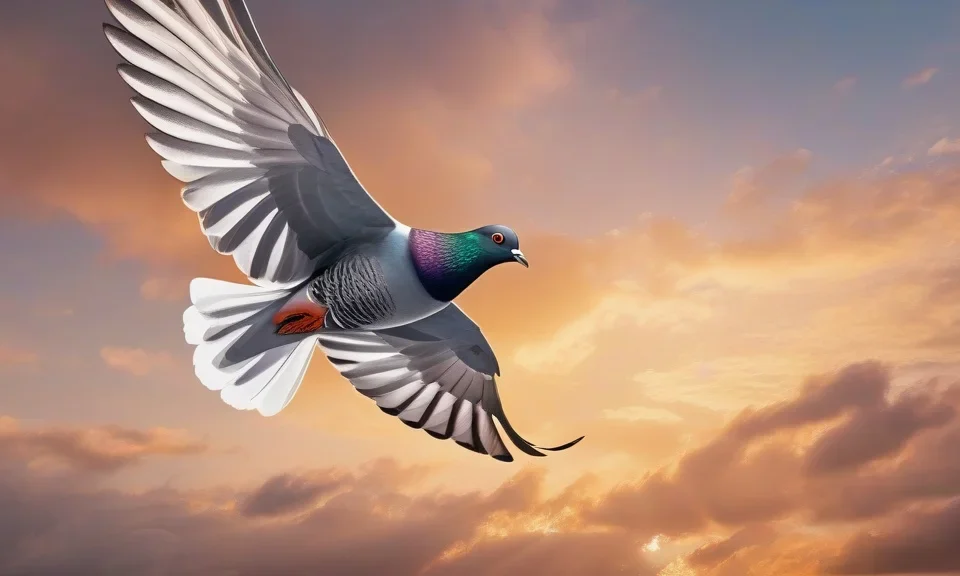When it comes to creating art, understanding the anatomy of the subject is crucial. This holds true for artists who wish to depict pigeons in their artwork. By having a solid understanding of pigeon anatomy, artists can accurately capture the grace and beauty of these birds in their artwork. In this article, we will explore the key aspects of pigeon anatomy that are important for artists to know, allowing them to create more realistic and detailed pigeon artwork.
Key Takeaways
- Pigeon anatomy is an important aspect for artists to consider when depicting pigeons in their artwork.
- Understanding the skeletal structure, feathers, and other physical features of pigeons can help artists create more realistic and detailed artwork.
- Pigeons have unique features such as a compact body, short neck, and small head that should be emphasized in art.
Skeletal Structure
Understanding the skeletal structure of pigeons is essential for accurately portraying their posture and movement in artwork. Pigeons have lightweight and flexible bones that allow them to fly with ease. Their skeleton consists of a backbone, ribs, sternum, and limbs, each with its own unique characteristics. Artists should pay attention to the proportions and positions of these skeletal elements when drawing or painting pigeons.
- Backbone: Pigeons have a long and flexible backbone, which gives them a streamlined shape for efficient flight.
- Ribs: Pigeons have thin and delicate ribs that protect their internal organs.
- Sternum: The sternum of pigeons is prominent and plays a crucial role in attaching the flight muscles.
- Limbs: Pigeons have strong and well-developed limbs, particularly their wings, which are essential for flight.
Feathers
Feathers are a defining feature of pigeons and play a crucial role in their flight, thermoregulation, and overall appearance. Artists should pay close attention to the arrangement, colors, and textures of feathers when depicting pigeons in their artwork to capture their unique beauty.
- Flight Feathers: These are the large and strong feathers on the wings and tail that enable pigeons to fly. They are usually dark in color.
- Contour Feathers: These feathers cover the body of the pigeon and give it its smooth and sleek appearance. They can vary in color, depending on the pigeon’s breed.
- Down Feathers: These are soft and fluffy feathers that provide insulation and help regulate body temperature.
Physical Features
Pigeons have distinct physical features that should be emphasized in artwork to capture their unique characteristics.
- Compact Body: Pigeons have a compact and rounded body shape, with a short neck and a small head. Artists should pay attention to these proportions when creating pigeon artwork.
- Beak and Eyes: Pigeons have a short, curved beak and bright, round eyes. These features contribute to their expression and should be highlighted in artwork.
- Legs and Feet: Pigeons have strong legs and feet with claws that help them perch and walk on various surfaces. Artists should pay attention to the details of their legs and feet when portraying pigeons in their artwork.
By understanding the skeletal structure, feathers, and physical features of pigeons, artists can create more realistic and detailed pigeon artwork. Whether in paintings, drawings, or sculptures, accurately depicting pigeon anatomy allows artists to capture the grace and beauty of these birds in their art.









